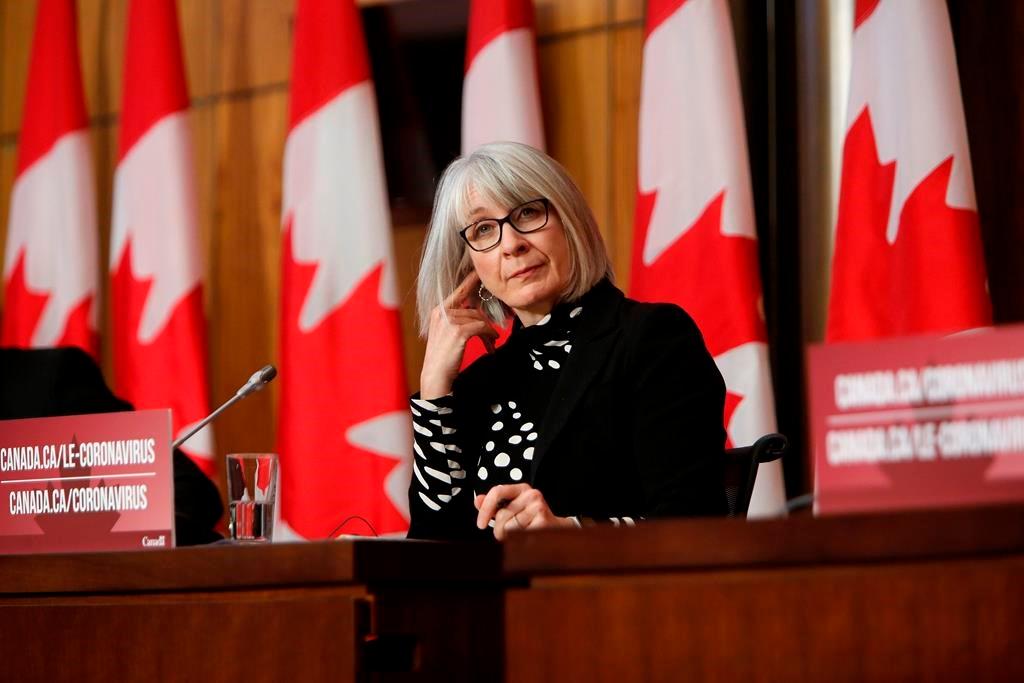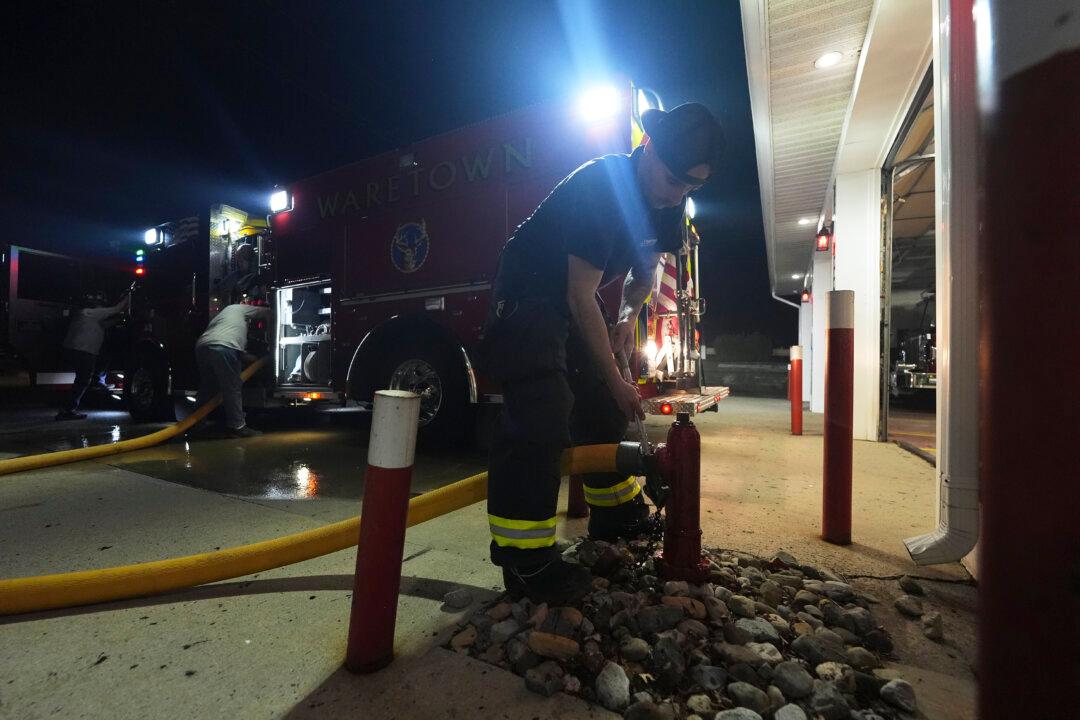OTTAWA—A withered Public Health Agency of Canada dithered on pandemic preparedness, the federal auditor general has concluded, leaving officials no choice but to scramble to respond to COVID-19.
And if such a scramble is to be avoided in the future, auditor general Karen Hogan found, it’s time for an independent review of the eternal Canadian conundrum: why can’t all levels of government work together better?





